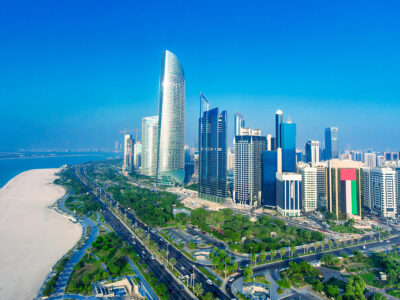Food inflation in the GCC is expected to increase by 4.1 percent in 2012, according to a report by QNB Group.
Prices will continue to rise in line with an ongoing “global food crisis”, which began in 2007 and is showing no signs of abating, the lender’s report said.
“GCC food retail prices have risen every year over the past decade… [and] continue to trend upwards,” analysts said.
“Although they spiked by 15 percent in 2008, they did not fall back in 2009, but merely grew at a slower rate. The growth rate picked up again in 2010 to 2011 and QNB Group forecasts 4.1 percent food inflation in 2012.”
It added however that there is currently less volatility in Gulf retail prices compared with the global market due to certain stabilising factors.
UAE supermarkets Lulu and Spinneys said in January they would fix the prices of basic food and household items this summer for the second year running after the Ministry Of Economy called on stores to keep commodity costs down.
High food prices in the region, which played a key role in the Arab Spring protests, have continued to weigh on much of the Arab world, which is vulnerable to global fluctuations in food costs due to its dependence on imports.
According to QNB, a new trend in global food prices first began in 2007, which saw prices shoot up by 25 percent that year and peak in June 2008 to double their cost three years earlier.
Though the financial crisis triggered a sharp correction in costs, prices soon began to accelerate again, hitting a new record high in February 2011, 6 percent above their earlier peak.
“Numerous factors have contributed to the rise in food prices and their volatility over the last five years,” said QNB researchers.
“These include demand factors, such as a growing global middle class that is able to afford more meat, and supply factors, such as droughts and floods.”
Other causes include the conversion of crops to biofuels, which has reduced the supply for food, and speculation in commodity futures, which has encouraged investors to plough their money into food.
The company warned that any further hikes in costs could spark a wave of fresh disruption in poorer countries.
“If food prices remain near the current high levels, or even spike for a third time in 2013, then this could create substantial hardship in poorer countries and lead to unrest.”
The latest World Bank food price index released in April showed the cost of food rose 8 percent between December and March, but was 1 percent below that of a year ago and 6 percent below the February 2011 historical peak.







